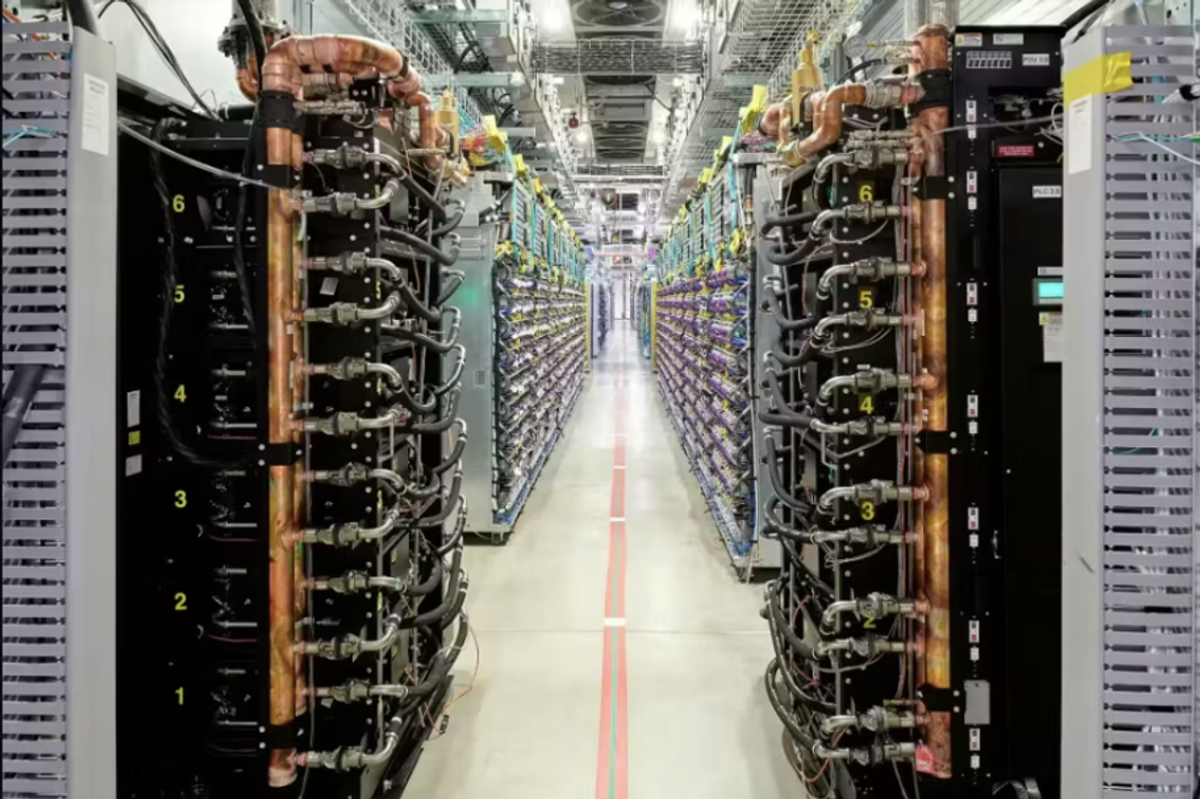Houston-based Engie North America, which specializes in generating low-carbon power, has sealed a preliminary deal to supply wind power to a Cipher Mining data center in Texas.
Under the tentative agreement, Cipher could buy as much as 300 megawatts of clean energy from one of Engie’s wind projects. The financial terms of the deal weren’t disclosed.
Cipher Mining develops and operates large data centers for cryptocurrency mining and high-performance computing.
In November, New York City-based Cipher said it bought a 250-acre site in West Texas for a data center with up to 100 megawatts of capacity. Cipher paid $4.1 million for the property.
“By pairing the data center with renewable energy, this strategic collaboration supports the use of surplus energy during periods of excess generation, while enhancing grid stability and reliability,” Engie said in a news release about the Cipher agreement.
The Engie-Cipher deal comes amid the need for more power in Texas due to several factors. The U.S. Energy Information Administration reported in October that data centers and cryptocurrency mining are driving up demand for power in the Lone Star State. Population growth is also putting pressure on the state’s energy supply.
Last year, Engie added 4.2 gigawatts of renewable energy capacity worldwide, bringing the total capacity to 46 gigawatts as of December 31. Also last year, Engie signed a new contract with Meta (Facebook's owner) and expanded its partnership with Google in the U.S. and Belgium.- Chevron and partners to develop innovative power plants to support AI-focused data centers ›
- International wind turbine manufacturer opens corporate office in Houston ›
- New report shows Texas led the nation in solar and wind storage in Q4 2024 ›
- Low-carbon energy company with U.S. HQ in Houston to launch Texas wind energy plant later this year ›
- Houston students take home top prizes at DOE wind energy competition - Energy Capital ›
- Meta to purchase solar energy from Enbridge's Texas Clear Fork project - Energy Capital ›










